Home>Articles>Meditative Spaces And The Art Of Outdoor Living
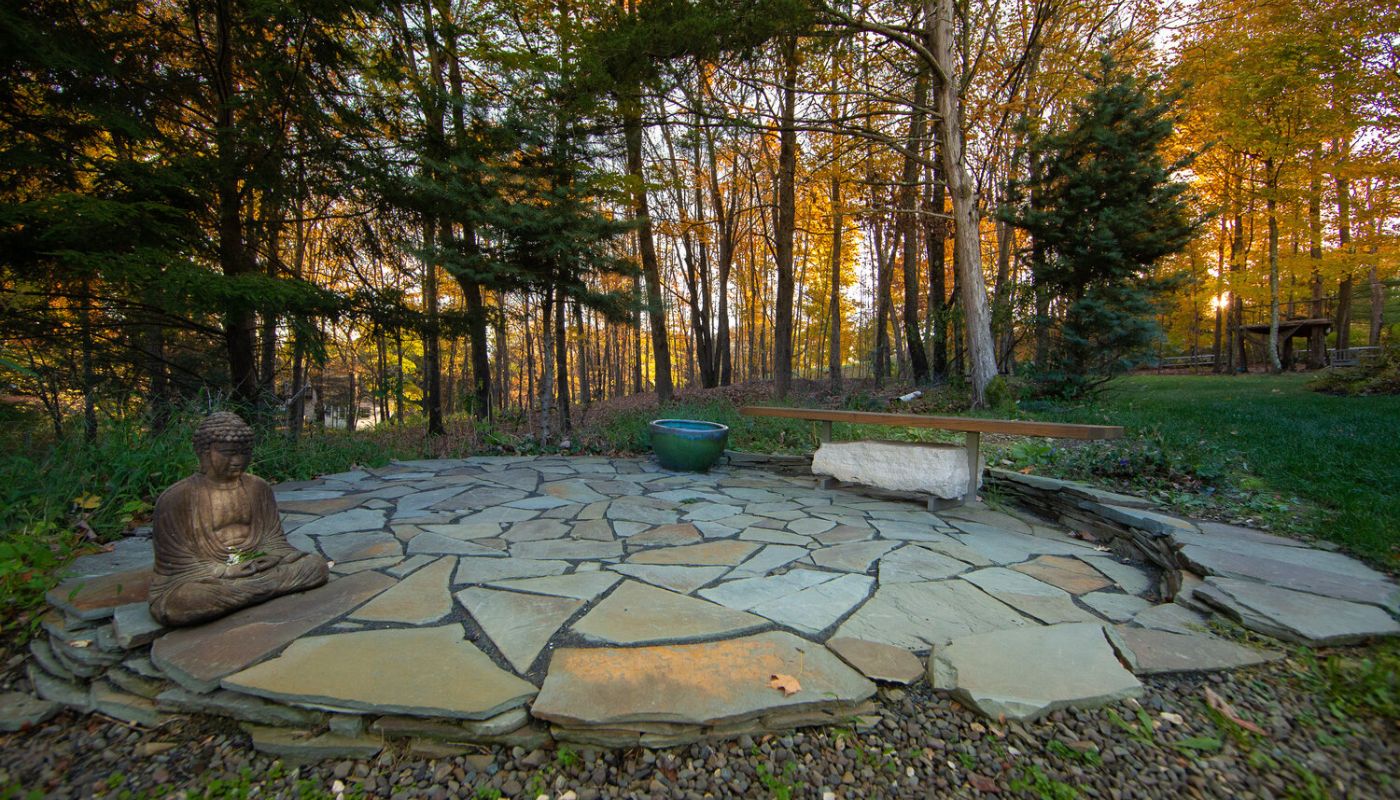

Articles
Meditative Spaces And The Art Of Outdoor Living
Modified: January 23, 2024
Discover the beauty and tranquility of meditative spaces with our captivating articles on the art of outdoor living. Embrace nature and create your perfect oasis.
(Many of the links in this article redirect to a specific reviewed product. Your purchase of these products through affiliate links helps to generate commission for Storables.com, at no extra cost. Learn more)
Introduction
In today’s fast-paced and hectic world, finding inner peace and tranquility has become a vital aspect of our overall well-being. With the growing interest in mindfulness practices and the importance of self-care, creating meditative spaces in our outdoor living areas is more relevant than ever.
Meditative spaces provide an opportunity to escape the noise and chaos of daily life, allowing us to reconnect with nature, find solace in solitude, and cultivate a sense of calm and serenity. These spaces can be as simple as a small corner of a garden or as elaborate as a dedicated meditation garden.
By intentionally designing and cultivating meditative spaces in our outdoor living areas, we can carve out a sacred space for introspection, relaxation, and rejuvenation. Whether you have a sprawling backyard or a cozy balcony, incorporating elements of nature and harmony can enhance your overall well-being and create a sanctuary right at your doorstep.
In this article, we will explore the benefits of meditative spaces in outdoor living and delve into various design elements that can enhance the serenity and tranquility of these spaces. We will also discuss the healing power of colors, the calming effects of water features, and mindful practices that can be incorporated into your outdoor meditative routine. Additionally, we will provide maintenance tips to sustain a peaceful outdoor environment.
So, whether you are looking to create a small meditation nook or transform your entire outdoor space into a Zen retreat, read on to discover the art of outdoor living and how meditative spaces can positively impact your well-being.
Key Takeaways:
- Cultivating a meditative outdoor space promotes stress relief, mental clarity, and a deeper connection with nature, enhancing overall well-being and creating a sanctuary for relaxation and self-care.
- Incorporating natural elements, mindful practices, and regular maintenance sustains a peaceful outdoor environment, nurturing inner peace and tranquility amidst the chaos of daily life.
Read more: 5 Outdoor Living Trends Taking Over In 2022
The Benefits of Meditative Spaces in Outdoor Living
Creating a meditative space in your outdoor living area can have a profound impact on your physical, mental, and emotional well-being. Here are some of the key benefits:
- Stress Relief: Spending time in a peaceful outdoor environment can help reduce stress levels. Nature has a way of calming our minds and providing a sense of tranquility. Whether it’s listening to the gentle rustling of leaves or feeling the warmth of the sun on your skin, these natural elements can help release tension and promote relaxation.
- Improved Mental Clarity and Focus: Meditative spaces create an opportunity for introspection and reflection. By immersing ourselves in a serene outdoor setting, we can clear our minds, declutter our thoughts, and improve mental clarity. This allows for better focus, creativity, and problem-solving skills.
- Enhanced Well-being: Being in nature has been shown to boost mood and increase overall well-being. The fresh air, sunlight, and greenery can have a positive impact on our emotional state, helping to reduce feelings of anxiety, depression, and fatigue. Meditative spaces provide a retreat where we can nurture our emotional health and find inner peace.
- Connection with Nature: As human beings, we have an innate connection with nature. Creating a meditative space outdoors allows us to tap into this connection and strengthen our bond with the natural world. By spending time in these spaces, we can cultivate a deeper appreciation for the beauty and wonder of the environment around us.
- Physical Health Benefits: Outdoor meditative spaces can also have positive effects on our physical health. Spending time in nature has been linked to reduced blood pressure, improved cardiovascular health, and strengthened immune systems. It provides an opportunity for gentle exercise, such as stretching or practicing yoga, which can increase flexibility and promote overall physical well-being.
Overall, meditative spaces in outdoor living areas provide a sanctuary for relaxation, rejuvenation, and self-care. They offer an escape from the demands of daily life and allow us to reconnect with ourselves and the natural world. By incorporating these spaces into our outdoor environments, we can experience a range of benefits that positively impact our holistic well-being.
Creating a Harmonious Outdoor Setting
A harmonious outdoor setting is the foundation of a meditative space. It involves thoughtful design, attention to detail, and the incorporation of elements that promote balance and tranquility. Here are some key considerations when creating a harmonious outdoor setting:
- Natural Materials: Choose natural materials for your outdoor furniture, such as wood, wicker, or stone. These materials blend seamlessly with the natural environment and create a sense of harmony. Avoid synthetic materials that may disrupt the organic feel of the space.
- Flow and Circulation: Ensure that there is a smooth flow and easy circulation within the space. Avoid clutter and create clear pathways for movement. A well-designed layout will encourage a sense of calm and relaxation.
- Balance and Symmetry: Create balance and symmetry in your outdoor setting. This can be achieved through strategic placement of furniture, plants, and other elements. Balance creates a sense of order and harmony, promoting a peaceful atmosphere.
- Feng Shui Principles: Consider incorporating Feng Shui principles into your outdoor space design. This ancient Chinese practice focuses on harmonizing energy flow and creating balance. Pay attention to the placement of elements, use of colors, and arrangement of furniture to enhance the harmony of the space.
- Privacy and Seclusion: Create a sense of privacy and seclusion in your outdoor setting. Use plants, screens, or pergolas to shield your space from prying eyes. This will allow you to fully immerse yourself in your meditative practice without distractions.
- Minimalism: Embrace minimalism in your outdoor design. Keep the space clutter-free and opt for simple, clean lines. A minimalist approach encourages a sense of calm and allows the natural beauty of the surroundings to shine.
- Sensory Stimulation: Engage all your senses in the outdoor space. Incorporate fragrant plants or candles to stimulate the sense of smell. Use wind chimes or a gentle water feature to provide auditory relaxation. Design elements that engage the senses will create a more immersive and enjoyable experience.
By applying these principles and considerations, you can create a harmonious outdoor setting that sets the foundation for your meditative space. Remember, the key is to create an environment that promotes tranquility, balance, and a deep connection with nature.
Design Elements for Meditative Spaces
Designing a meditative space involves carefully selecting elements that inspire relaxation, tranquility, and a sense of peace. Here are some key design elements to consider when creating your outdoor meditative space:
- Zen Garden: Incorporate a Zen garden into your outdoor space. These gardens utilize elements such as gravel, rocks, and sand to create a serene and minimalist aesthetic. Raking patterns in the sand can be a meditative activity in itself, promoting a sense of calm and focus.
- Meditation Cushions and Mats: Provide comfortable seating options for meditation. Use cushions or mats made of natural materials that are designed for relaxation and support proper posture. Soft seating will help you find a comfortable position and make your meditative practice more enjoyable.
- Garden Sculptures and Statues: Incorporate garden sculptures and statues that represent tranquility and mindfulness. Choose pieces that resonate with you, such as a Buddha statue or a calming animal sculpture. These elements can serve as focal points and anchors for your meditative space.
- Wind Chimes: Hang wind chimes in your outdoor space to add a soothing auditory element. The gentle sound of tinkling chimes in the breeze brings a sense of tranquility and can help to drown out background noise.
- Meditation Pathways: Create a designated pathway within your meditative space. Use stepping stones or a gravel path to guide you to different areas or features. Walking mindfully along these pathways can enhance your practice and provide a sense of purpose and direction.
- Outdoor Fireplace or Fire Pit: Install an outdoor fireplace or fire pit to create a warm and cozy ambiance. The crackling sound of the fire and the flickering flames can be mesmerizing and conducive to relaxation and contemplation.
- Natural Elements: Incorporate natural elements such as plants, flowers, and organic materials into your meditative space. Greenery adds freshness and vitality, while natural materials like wood and stone create an authentic and grounded atmosphere.
Remember to choose design elements that resonate with your personal preferences and reflect your individual style. The goal is to create a space that evokes a sense of calm, peace, and serenity, allowing you to fully immerse yourself in your meditative practice.
Choosing the Right Plants for Tranquility
When designing a meditative space, selecting the right plants is crucial as they can greatly enhance the sense of tranquility and harmony. Here are some key considerations when choosing plants for your outdoor meditative space:
- Lush Greenery: Incorporate a variety of lush green plants to create a calming and soothing atmosphere. Plants with broad, green leaves can help to evoke a sense of serenity and connection with nature.
- Fragrant Plants: Choose plants with pleasant and calming scents to engage your sense of smell. Lavender, jasmine, and rosemary are great options as their scents have been shown to promote relaxation and reduce stress.
- Blooming Flowers: Include flowers in your outdoor space to add beauty and color. Opt for soft, pastel hues like lavender, pink, or white, which have a calming effect. Flowers such as roses, orchids, and lilies can bring an element of elegance and tranquility to the space.
- Low-Maintenance Plants: Consider selecting low-maintenance plants that require minimal care and attention. This will ensure that your meditative space remains serene and stress-free. Succulents, snake plants, and peace lilies are excellent choices as they are resilient and require little water and care.
- Tall Grasses: Incorporate tall ornamental grasses to add a sense of movement and tranquility to your outdoor space. Grasses such as fountain grass, pampas grass, or bamboo can create a calming rustling sound when the wind blows, enhancing the meditative experience.
- Evergreen Trees: Plant evergreen trees to provide year-round greenery and privacy. Evergreens like cypress, pine, or cedar create a sense of permanence and stability in your meditative space, allowing you to feel grounded and connected to the natural surroundings.
- Herb Gardens: Consider including an herb garden in your meditative space. Growing herbs such as chamomile, mint, and lemon balm allows you to have fresh ingredients for soothing teas and infusions, enhancing the calming ambiance of your outdoor area.
When choosing plants, be mindful of their individual needs and ensure they are suitable for the climate and conditions of your outdoor space. Additionally, consider the maintenance requirements of each plant and choose ones that align with your gardening capabilities.
By carefully selecting plants that promote tranquility, engaging your senses, and creating a lush and harmonious environment, you can transform your outdoor space into a haven of serenity and peace.
Read more: How To Meditate In Bed
Water Features and Their Soothing Effects
Water features can be a centerpiece of tranquility and relaxation in your outdoor meditative space. The sight and sound of flowing water have a profound calming effect on the mind and can help to create a serene atmosphere. Here are some popular water features and their soothing effects:
- Fountains: Fountains are a classic choice for adding a touch of elegance and serenity to your outdoor space. The gentle bubbling or cascading sound of water can drown out background noise and create a peaceful ambience. The sight of water gracefully flowing from the fountain can also be visually captivating and soothing.
- Waterfalls: Waterfalls are a powerful feature that not only adds visual appeal but also provides a natural and soothing sound. The splashing and tumbling of water create a serene and meditative environment. Consider incorporating a small waterfall into your meditative space, allowing the water to cascade down rocks or a customized structure.
- Lily Ponds: Lily ponds are a beautiful addition to any meditative space. The tranquil sight of water lilies floating on the still surface of the pond evokes a sense of calm and serenity. The presence of aquatic life such as fish or frogs can further enhance the natural and peaceful ambiance.
- Reflecting Pools: Reflecting pools provide a mirror-like surface that reflects the surrounding environment, creating a sense of harmony and balance. The serene and still water can help to create a peaceful atmosphere, especially when combined with surrounding greenery and natural elements.
- Streams: If you have the space, consider incorporating a meandering stream into your meditative space. The gentle flow of water creates a soothing sound and the movement of the water adds a dynamic element to the environment. The sight and sound of a flowing stream can promote relaxation and a deeper connection with nature.
- Water Bowls or Birdbaths: Water bowls or birdbaths are simpler water features that can still bring a sense of tranquility to your meditative space. The sight and sound of birds splashing and bathing in the water can be meditative and provide a connection to the natural world.
When incorporating water features, consider the size of your outdoor space and the overall theme and design. Ensure the water feature blends harmoniously with the rest of your meditative space and complements the desired ambiance.
Adding a water feature to your outdoor meditative space creates a focal point of serenity and relaxation. The sound of flowing water and the visual beauty it provides can help to melt away stress and create an environment conducive to meditation and mindfulness.
When creating a meditative outdoor space, consider incorporating elements such as water features, natural materials, and comfortable seating to promote relaxation and tranquility.
Incorporating Relaxation Furniture and Structures
When designing a meditative space in your outdoor living area, the right furniture and structures can greatly enhance your relaxation experience. Here are some key elements to consider when incorporating relaxation furniture and structures:
- Meditation Chairs: Invest in comfortable and supportive meditation chairs. Look for chairs designed specifically for meditation, with features such as back support, cushioning, and adjustable positions. These chairs provide a dedicated space for meditation and promote proper posture for extended periods of sitting.
- Daybeds and Hammocks: Include daybeds or hammocks for lounging and reclining. These furniture pieces are perfect for unwinding, reading, or simply enjoying a moment of relaxation. Choose high-quality, weather-resistant materials to ensure longevity and comfort.
- Swing Chairs: Swing chairs provide a soothing and gentle rocking motion that can induce a sense of calm and tranquility. Install a swing chair on a covered patio or under a pergola, allowing you to gently sway while enjoying the outdoors.
- Pergolas and Gazebos: Install a pergola or gazebo to provide shade and create a designated area for relaxation. These structures offer a sense of enclosure and privacy while allowing you to enjoy the beauty of your outdoor surroundings.
- Outdoor Rugs and Pillows: Add softness, warmth, and comfort to your meditative space with outdoor rugs and pillows. Opt for materials that are weather-resistant and easy to clean. These accessories provide a cozy and inviting atmosphere for relaxation.
- Benches and Seating Areas: Incorporate benches or seating areas for moments of reflection and contemplation. Select comfortable and durable materials, and consider placing them in strategic locations within your meditative space, such as near a water feature or under a shady tree.
- Privacy Screens and Curtains: Create a sense of privacy and seclusion with the use of screens or curtains. These elements can block out distractions from the outside world and allow you to fully immerse yourself in your meditative practice.
When selecting relaxation furniture and structures, prioritize comfort, durability, and aesthetics. Remember that the purpose of these elements is to create a serene and inviting space where you can relax and connect with yourself.
By incorporating the right furniture and structures into your outdoor meditative space, you can create a sanctuary for relaxation and rejuvenation. Whether it’s a cozy reading nook, a hammock for peaceful lounging, or a designated meditation area, these elements will enhance your overall outdoor living experience.
Utilizing Natural Light for a Calming Ambiance
Natural light plays a crucial role in creating a calming and peaceful ambience in your outdoor meditative space. Here are some tips for utilizing natural light effectively:
- Open Spaces: Design your outdoor space to maximize exposure to natural light. Ensure there are open spaces that allow sunlight to filter through, creating a brighter and more uplifting environment. This openness not only enhances the overall ambiance but also provides a connection to the natural world.
- Strategic Placement: Position key elements of your meditative space to take advantage of sunlight. For example, place seating areas or relaxation furniture in areas that receive the most sunlight during the day. This allows you to bask in the warmth and natural illumination while enjoying your meditative practice.
- Shade Options: While natural light is desirable, it’s also important to have areas of shade for respite from the direct sun. Integrate shade structures such as umbrellas, pergolas, or shade sails to create comfortable and protected spaces. This allows you to enjoy the benefits of being outdoors while staying cool and protected from excessive heat.
- Create Patterns with Light and Shadow: Use plants, trellises, or other structures to create patterns of light and shadow. The interplay of light and shadow can be visually stimulating and add a sense of depth and tranquility to your meditative space.
- Reflective Surfaces: Incorporate reflective surfaces such as polished stone, mirrors, or water features. These surfaces can help to amplify natural light and create a brighter and more luminous atmosphere in your outdoor space.
- Use of Glass: Consider using glass elements in your meditative space, such as glass dividers or transparent panels. These elements allow natural light to pass through while providing a sense of openness and connection with the surrounding environment.
- Curtains or Sheer Fabrics: Install lightweight curtains or sheer fabrics over areas that receive direct sunlight. These fabrics can filter the sunlight, creating a soft and diffused glow that adds an ethereal and calming effect to your outdoor space.
It’s important to strike a balance between allowing natural light to flow into your meditative space and providing shaded areas for comfort. Experiment with different placements and materials to find the right combination that suits your needs and preferences.
Utilizing natural light effectively in your outdoor meditative space can create a serene and inviting environment. The interplay of light, shadow, and natural elements will enhance your overall experience and help you connect with the soothing energy of the outdoors.
The Healing Power of Colors in Outdoor Spaces
Colors have a profound impact on our emotions and can greatly influence our mood and well-being. When designing your outdoor meditative space, incorporating specific colors can enhance the healing and calming effects. Here’s a look at the significance of different colors:
- Blue: Blue is associated with calmness, tranquility, and serenity. It has a soothing effect on the mind and promotes feelings of relaxation. Incorporate blue elements in your outdoor space through blue flowers, cushions, or decorative accents to create a sense of peace and tranquility.
- Green: Green is the color of nature and represents growth, harmony, and balance. It has a rejuvenating effect and promotes a sense of connection with the environment. Incorporate lush green plants, foliage, and outdoor greenery to create a soothing and healing atmosphere in your meditative space.
- Purple: Purple is associated with spirituality, introspection, and meditation. It has a calming effect on the mind and encourages deeper states of relaxation. Use purple flowers, cushions, or decorative elements in your outdoor space to promote a sense of inner peace and spiritual connection.
- White: White is often associated with purity, simplicity, and clarity. It creates a sense of openness and spaciousness. Use white furniture, outdoor curtains, or sheer fabrics to create an airy and peaceful atmosphere in your meditative space.
- Earth Tones: Earth tones such as brown, beige, and tan evoke a sense of grounding and stability. These colors create a connection to the natural world and promote feelings of security and comfort. Use earth-toned furniture, cushions, or natural materials to create a warm and soothing environment in your outdoor space.
- Soft Pastels: Soft pastel colors like pale pink, lavender, or light blue have a gentle and calming effect. They create a serene and delicate ambiance in your meditative space. Incorporate these colors through flowers, textiles, or artwork to evoke a sense of tranquility and relaxation.
- Neutral Colors: Neutral colors like gray, beige, or taupe provide a calm and balanced backdrop for your outdoor space. They create a soothing and timeless aesthetic. Use neutral-colored furniture, rugs, or accessories to create a harmonious and peaceful environment.
When choosing colors for your meditative space, consider the overall atmosphere you want to create and how different colors resonate with you personally. It’s important to find a combination of colors that brings you a sense of calmness and promotes a positive emotional state.
By consciously incorporating colors that align with the desired mood and atmosphere, you can enhance the healing power of your outdoor space and create an environment that supports your overall well-being.
Read more: How To Meditate With Candles
Mindful Practices and Activities for Outdoor Meditative Spaces
Outdoor meditative spaces offer a tranquil environment to practice mindfulness and engage in activities that promote relaxation and self-reflection. Here are some mindful practices and activities to consider incorporating into your outdoor meditation routine:
- Meditation: Set aside dedicated time for meditation in your outdoor space. Find a comfortable spot, sit in a relaxed posture, and focus on your breath or a specific point of focus. Allow the sights, sounds, and sensations of nature to deepen your meditation experience.
- Walking Meditation: Practice walking meditation in your outdoor space. As you walk, pay attention to the sensation of each step, the feeling of the ground beneath your feet, and the movements of your body. Be fully present in the moment and observe the sights, sounds, and smells around you.
- Yoga or Tai Chi: Engage in gentle yoga or tai chi movements in your outdoor space. These practices combine mindful movement, breath awareness, and postures that promote flexibility and relaxation. Allow the fresh air and natural surroundings to enhance your practice and deepen your connection with your body and breath.
- Journaling: Sit in your meditative space and engage in reflective journaling. Take time to express your thoughts, feelings, and observations. Allow the peaceful environment to inspire introspection and self-discovery.
- Nature Observation: Engage your senses by simply observing and appreciating the natural world around you. Pay attention to the colors, sounds, textures, and scents in your outdoor space. Observe the movement of leaves, the chirping of birds, or the gentle flow of water, allowing these natural elements to bring you into the present moment.
- Mindful Eating: Take your meals or snacks outdoors and practice mindful eating. Engage all your senses as you savor each bite, noticing the flavors, textures, and aromas. Connect with the nourishment and vitality provided by nature.
- Breathing Exercises: Practice deep breathing exercises in your outdoor space. Focus on inhaling deeply through your nose, feeling the air fill your lungs, and exhaling slowly through your mouth. Allow the fresh outdoor air to invigorate your body and calm your mind.
- Silent Contemplation: Find a comfortable spot in your outdoor meditative space and simply be still and silent. Allow yourself to be present with your thoughts and emotions without judgment. Embrace the stillness and let your mind settle into a state of calm and clarity.
Remember that the purpose of these mindful practices and activities is to cultivate a sense of presence, awareness, and inner peace. Practice regularly in your outdoor meditative space to reap the full benefits of mindfulness and deepen your connection with nature and yourself.
By incorporating these practices into your routine, your outdoor meditative space becomes a sanctuary for self-care, self-reflection, and personal growth.
Maintenance Tips for Sustaining a Peaceful Outdoor Environment
Keeping your outdoor meditative space well-maintained is essential to ensure a peaceful and harmonious environment. Here are some maintenance tips to sustain the serenity of your outdoor space:
- Regular Cleaning: Clean your outdoor space regularly to remove dirt, debris, and fallen leaves. Sweep or rake the area, wipe down furniture and structures, and remove any clutter that may accumulate over time. A clean and clutter-free space promotes a sense of calm and tranquility.
- Plant Care: Take care of your plants by watering them regularly, pruning them when needed, and removing any dead or wilted leaves. Pay attention to the specific needs of each plant, including sunlight requirements and fertilization. Healthy and vibrant plants enhance the beauty and serenity of your meditative space.
- Seasonal Maintenance: Adjust your maintenance routine according to the seasons. In the colder months, protect delicate plants from frost and cover or store outdoor furniture. During warmer months, ensure that plants receive adequate water, and provide shade options as needed to maintain a comfortable environment.
- Water Feature Maintenance: If you have a water feature like a fountain or pond, regularly clean and maintain it to prevent algae growth and ensure proper functioning. Clean filters, remove debris, and treat the water as necessary. A well-maintained water feature adds a serene and calming element to your meditative space.
- Inspect and Repair: Regularly inspect your outdoor space for any signs of wear and tear, such as damaged furniture, structures, or pathways. Repair or replace any broken or worn-out elements to maintain a safe and aesthetic environment.
- Lighting: Ensure that outdoor lighting fixtures are in good working order. Replace any burnt-out bulbs and clean the fixtures to maintain optimal illumination during evening or nighttime meditation sessions.
- Organize Storage: If you have storage areas for cushions, umbrellas, or other outdoor accessories, keep them neatly organized. Proper storage not only helps to prolong the lifespan of these items but also maintains a clutter-free space in your meditative area.
- Create a Maintenance Schedule: Establish a regular maintenance schedule to stay on top of necessary tasks. Create reminders for watering plants, cleaning, and performing seasonal maintenance. This ensures that your outdoor space remains consistently peaceful and inviting.
Maintaining a peaceful outdoor environment requires ongoing care and attention, but the rewards are well worth it. By following these maintenance tips, you can create a serene and harmonious meditative space that nurtures your overall well-being.
Remember that the process of maintenance itself can be a mindful practice. Approach these tasks with a sense of presence and appreciation for the opportunity to care for and nurture your outdoor space.
With regular maintenance and care, your outdoor meditative space will continue to be a haven of tranquility and serve as a retreat for relaxation, reflection, and self-discovery.
Conclusion
Creating a meditative space in your outdoor living area is a powerful way to reconnect with nature, find inner peace, and enhance your overall well-being. By incorporating the elements and practices discussed in this article, you can transform your outdoor space into a sanctuary of serenity and tranquility.
We explored the numerous benefits of having a meditative space in your outdoor living area, including stress relief, improved mental clarity, enhanced well-being, and a stronger connection with nature. A harmonious outdoor setting sets the foundation for your meditative space, incorporating natural materials, strategic flow, balance, and privacy. By utilizing natural light, incorporating water features, and choosing the right plants and colors, you can further enhance the calming ambiance of your space.
Additionally, incorporating relaxation furniture and structures provides a comfortable and inviting environment for relaxation and self-reflection. Whether it’s a cozy meditation chair, a hammock for lounging, or a pergola for shade, these elements contribute to the soothing atmosphere of your meditative space.
Mindful practices and activities, such as meditation, yoga, journaling, and nature observation, allow you to fully immerse yourself in the present moment and cultivate a deep sense of inner peace. Regular maintenance of your outdoor space ensures that it remains a peaceful and serene environment, promoting harmony in both physical and mental aspects.
As you embark on the journey of creating and nurturing your outdoor meditative space, remember that the most important element is your personal connection and intention. Trust your intuition and create a space that resonates with your individual preferences and needs. Whether you have a large garden or a small balcony, it is the intention and attention to detail that can transform any space into a tranquil oasis.
So, take the time to step into your outdoor meditative space, immerse yourself in the beauty of nature, and allow it to nourish your body, mind, and soul. Let it be a space where you can find solace, rejuvenation, and a deep sense of peace amidst the chaos of daily life.
Embrace the art of outdoor living and the power of meditative spaces to create a sanctuary that helps you cultivate inner calm, balance, and well-being.
Frequently Asked Questions about Meditative Spaces And The Art Of Outdoor Living
Was this page helpful?
At Storables.com, we guarantee accurate and reliable information. Our content, validated by Expert Board Contributors, is crafted following stringent Editorial Policies. We're committed to providing you with well-researched, expert-backed insights for all your informational needs.
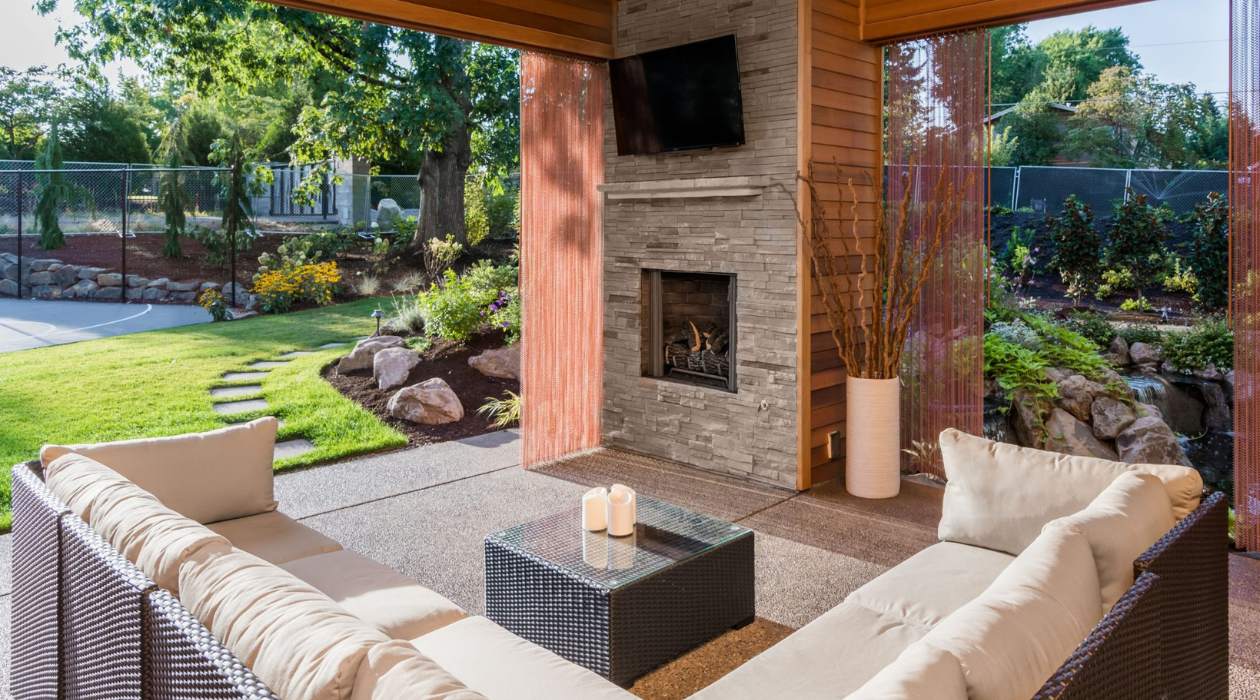
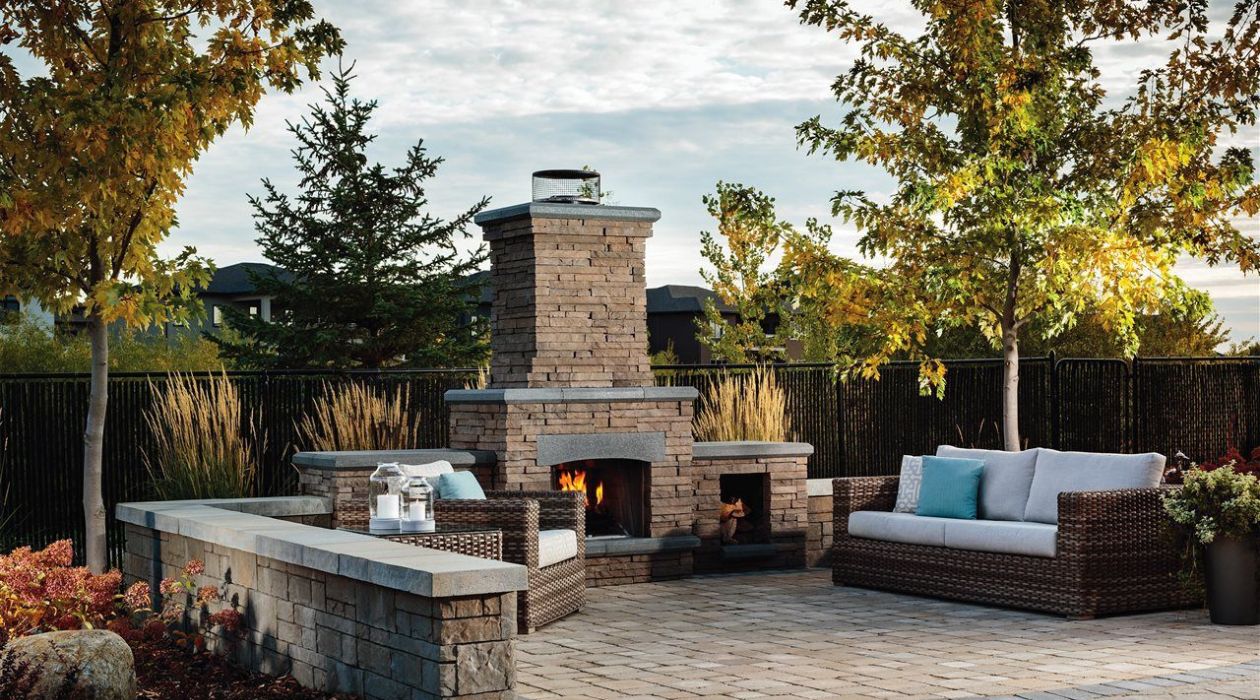
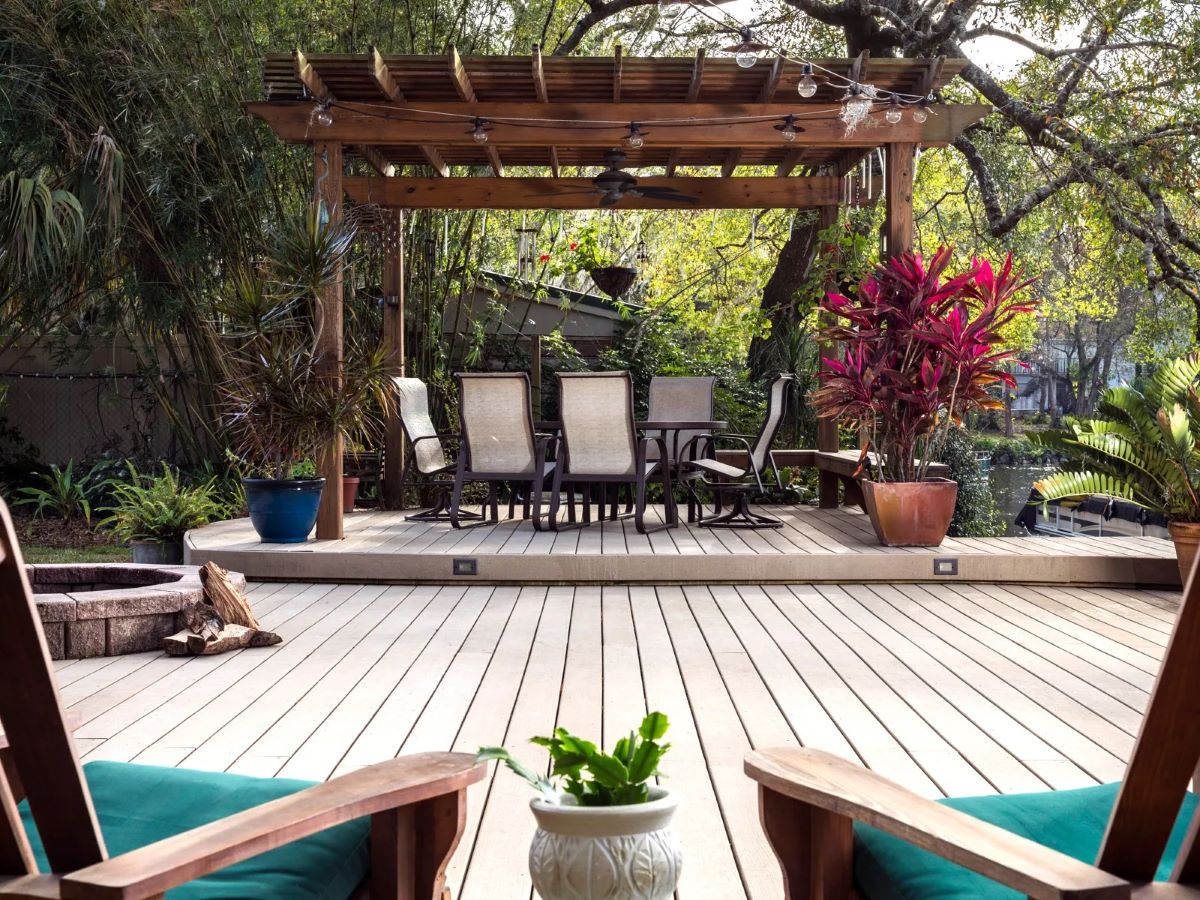

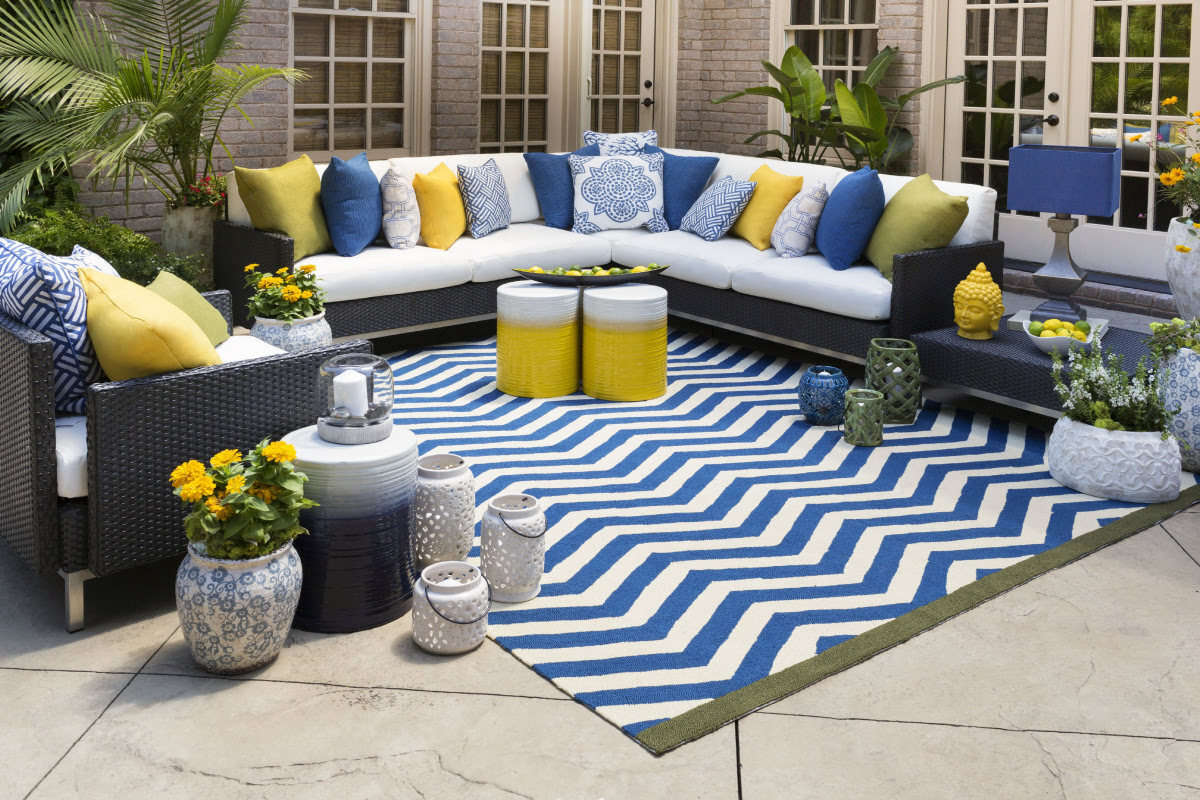
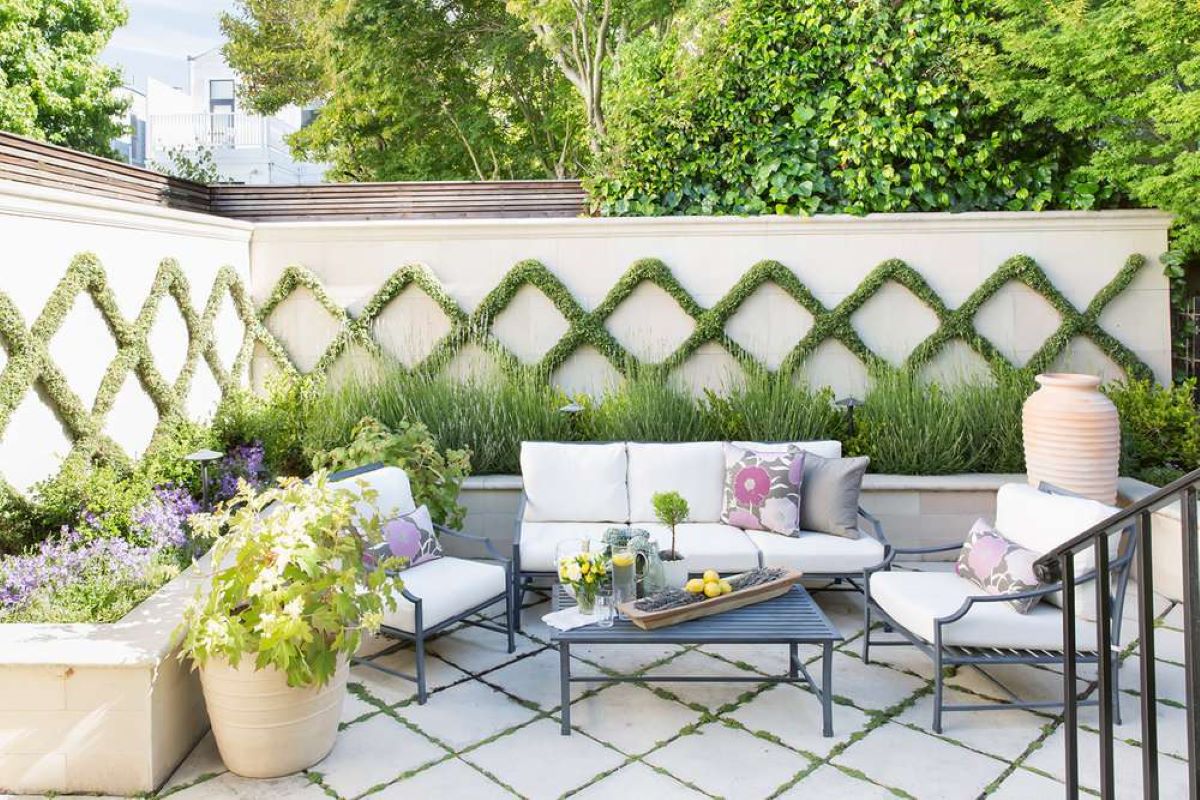
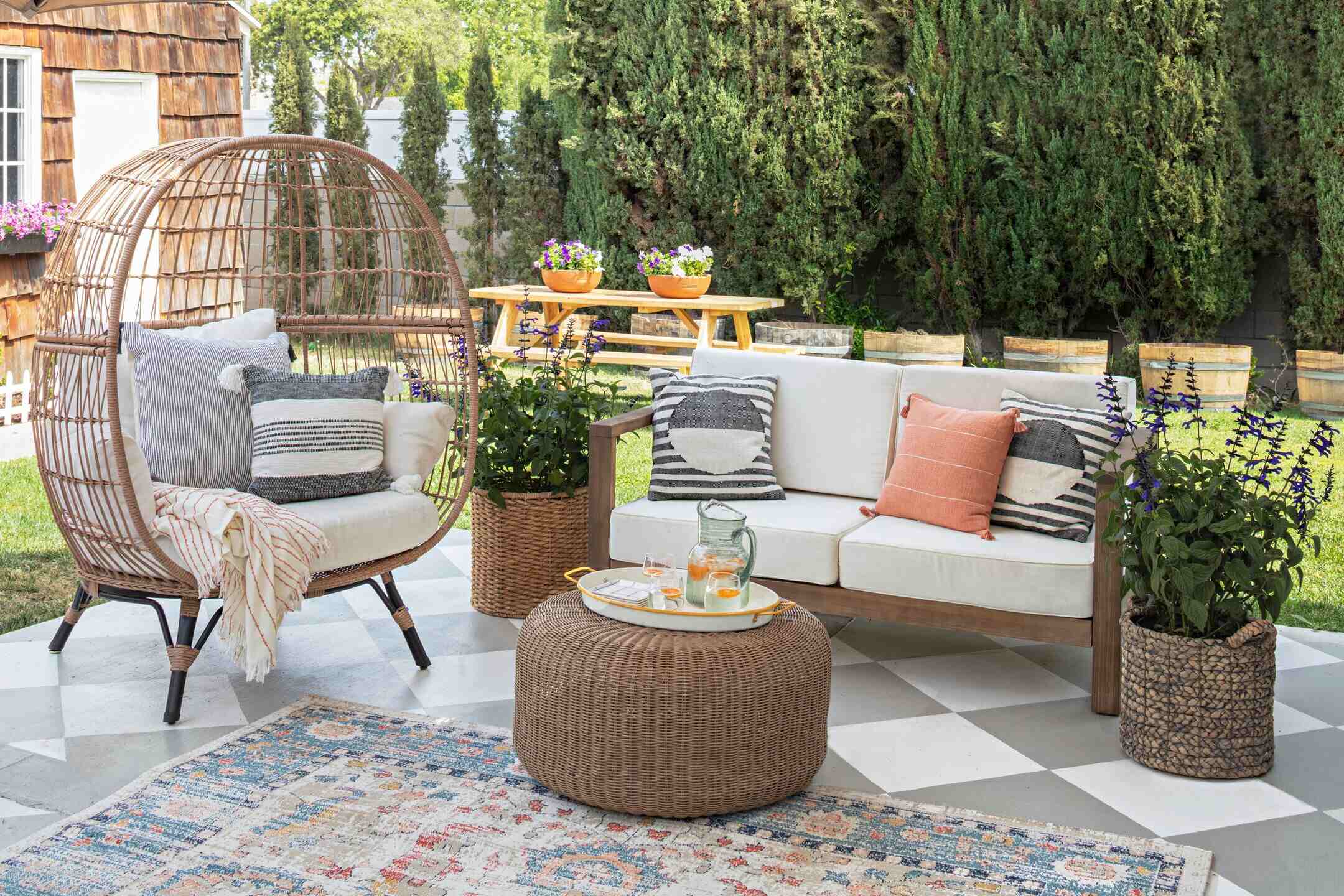
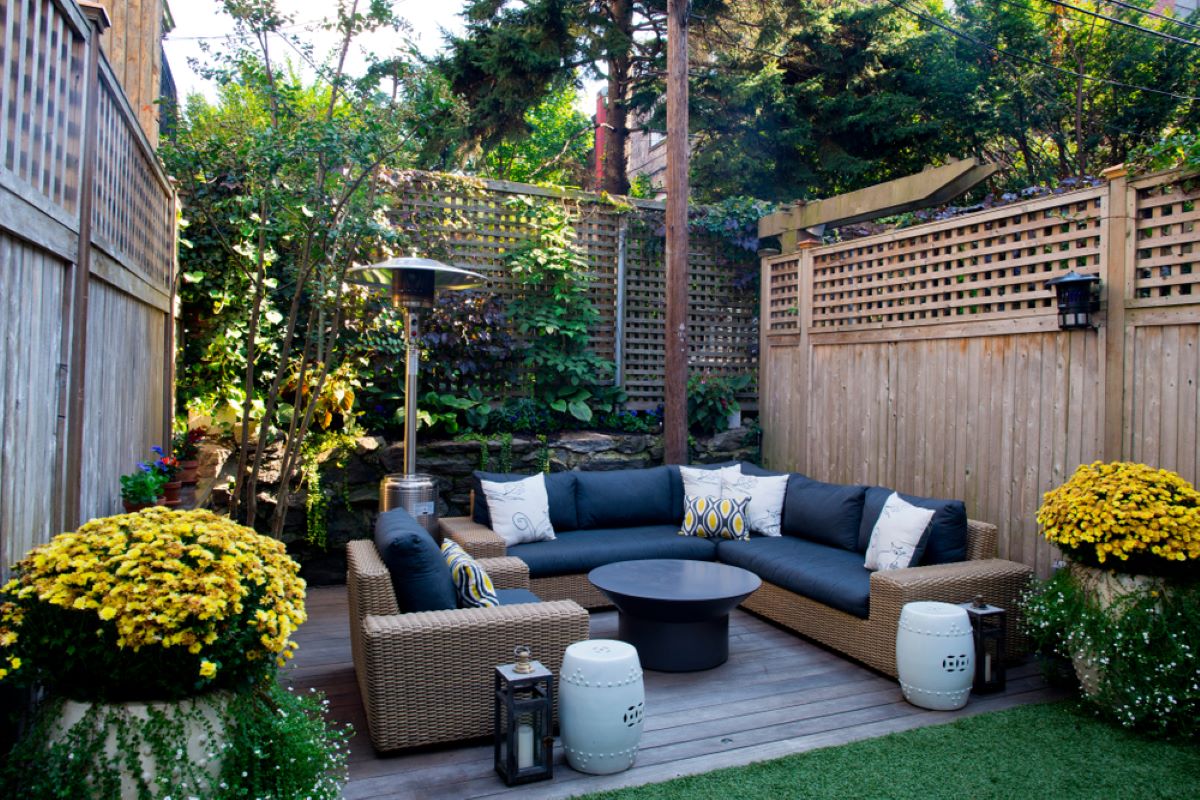

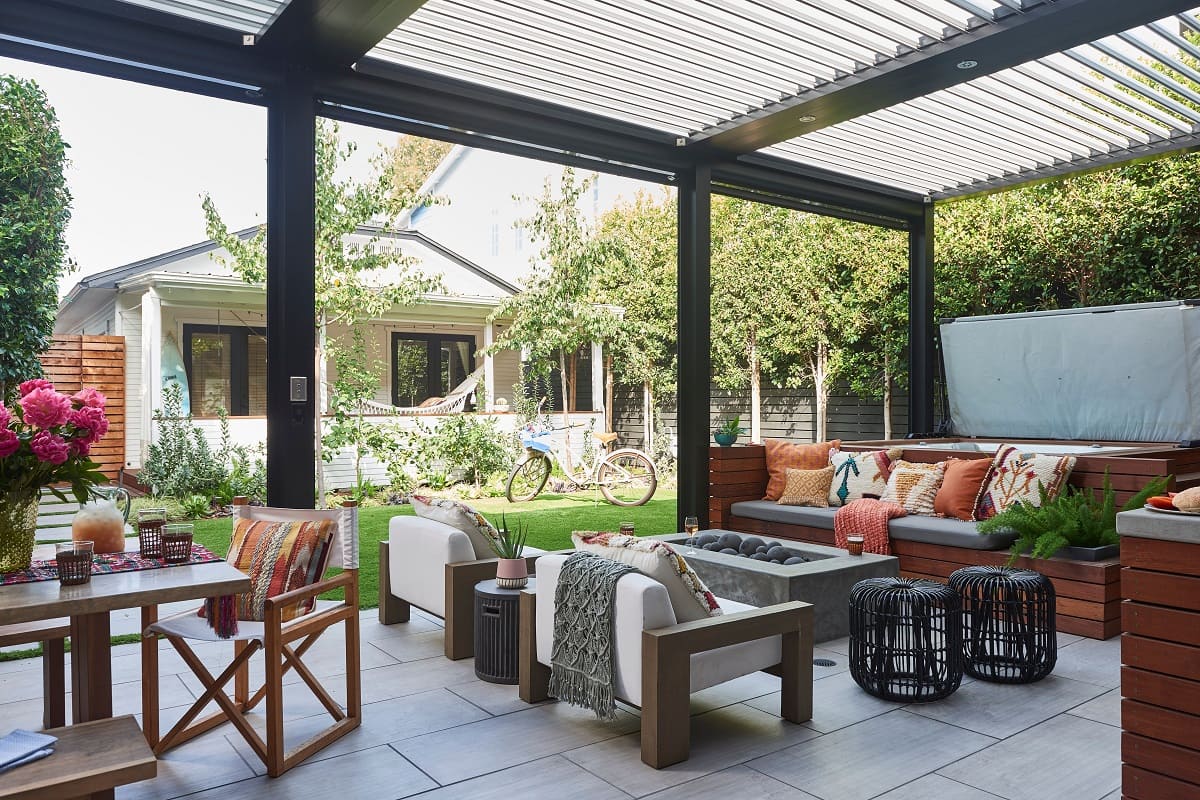
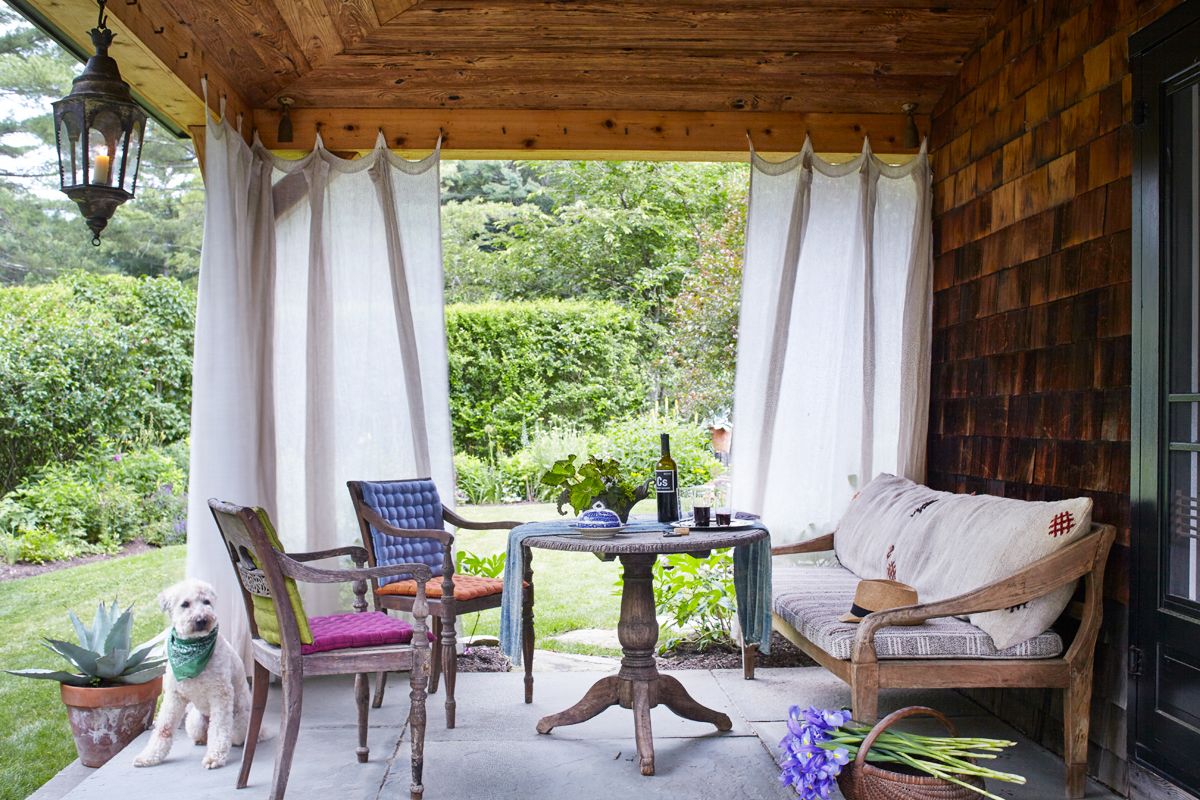
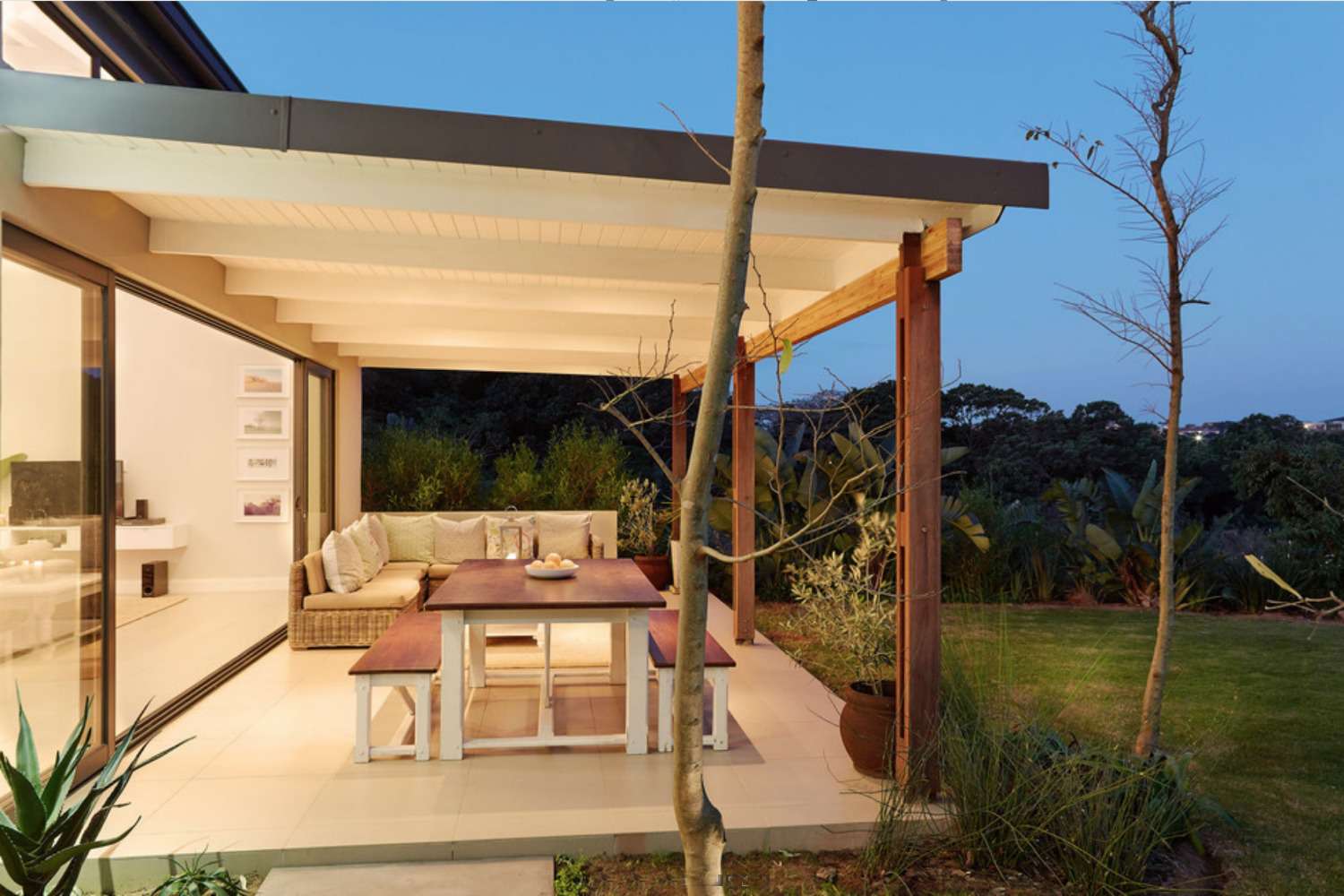


0 thoughts on “Meditative Spaces And The Art Of Outdoor Living”